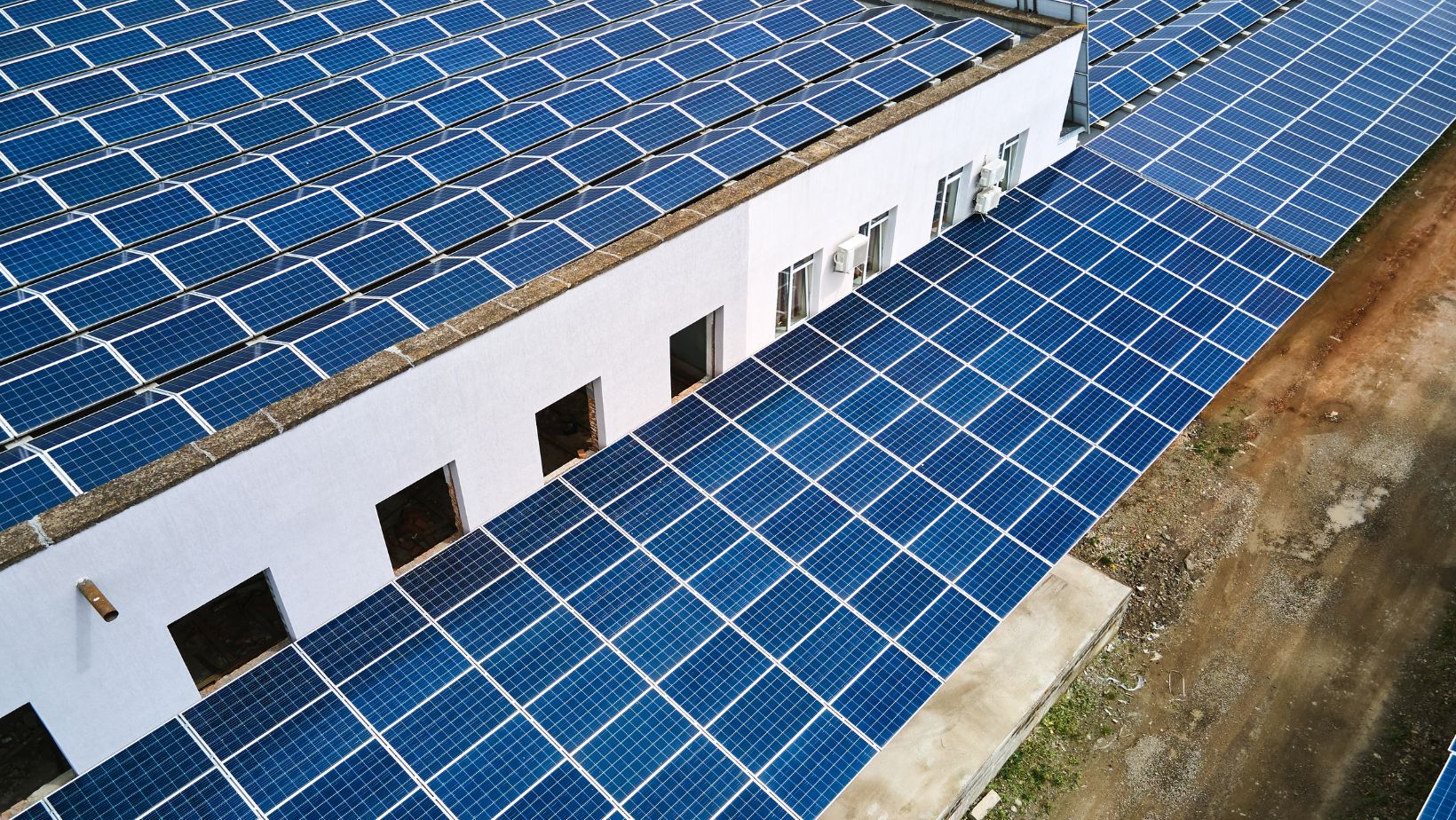
Solar energy is quickly becoming a staple in renewable energy solutions worldwide. A key aspect of harnessing this power efficiently lies in the proper installation of solar panel cable connectors.
These connectors play a crucial role in transmitting electricity from the solar panels to the inverter and storage systems. To ensure you’re getting the most out of your solar panel system, here are tips for properly installing solar panel cable connectors. Let’s dive in!
Choose the Right Type of Connectors
The market offers various types of connectors, but the most commonly used are MC4 connectors due to their durability and weather resistance. Ensure the connectors are compatible with the kind of cables and solar panels you’re using.
It’s important to note that using the wrong type of connectors can reduce efficiency and potential safety hazards. Here are different types of connectors and their uses:
MC4 Connectors
These are the standard connectors used for most solar panel installations. They are easy to install, weatherproof, and can handle high voltage and current. However, they are not suitable for small gauge wires and have a higher cost compared to other connectors.
Tyco Solarlok Connectors
These connectors are designed specifically for smaller gauge wires and are more affordable than MC4. They also have a locking mechanism that ensures a secure connection. However, they may not be as weather-resistant as MC4 connectors.
Amphenol H4 Connectors
These connectors are known for their high current handling capacity and can be used with larger gauge wires. They are also compatible with most solar panels. However, they require special crimping tools for installation, making them less popular among DIY installers.
Amphenol Connectors
These connectors are known for their reliability and high-performance capabilities. They are commonly used in commercial or industrial solar panel systems. They offer a secure connection and are weather-resistant, making them ideal for outdoor use.
However, they may be more expensive than other options.
Clean and Prepare the Connectors
Before installing the connectors, make sure they are clean and free from any debris or dirt. This will help ensure a secure connection between the cables and connectors. Use a clean cloth to wipe down the connectors, and if necessary, use rubbing alcohol to remove any stubborn residue.
It is also important to check the connectors for any signs of damage or wear and tear, as this can affect their performance.
Properly Strip the Cables
Strip off about half an inch of insulation from both ends of the cables that will be connected to the solar panel and inverter. Make sure not to cut or damage any of the wires inside while stripping. Use wire strippers for a precise cut, or you can also use a utility knife if
Use Proper Tools
Employing the correct crimping tools and wire strippers can make a significant difference in the quality of your connection. A well-crimped connector minimizes resistance and maximizes efficiency.
Strip Cables Correctly
Remove the right amount of insulation from the cable to ensure the metal inside properly fits into the connector without any insulation getting crimped. Typically, about a centimeter of insulation should be removed.
Verify Polarity
Always double-check the polarity of the cables before connecting them to ensure positive-to-positive and negative-to-negative connections. Incorrect polarity can cause damage to your solar equipment.

A multimeter can be used to verify polarity.
Use a Utility Knife If Needed
If the insulation is too thick to strip with wire strippers, carefully use a utility knife to remove it. Be sure to take your time and make precise cuts to avoid damaging the cable inside.
Secure Connections
Once the connector is crimped onto the cable, tug gently on the connector to ensure it’s securely attached. A loose connector can lead to inefficient power transfer and potential disconnections.
Weatherproof Your Connectors
Most solar connectors are designed to be weather-resistant, but ensuring that every connection is tight and secure enhances this resistance. Consider using dielectric grease to further protect against moisture and dust.
Avoid Physical Stress
Ensure that cables and connectors are not under tension once connected. Stress on the cables or connectors can cause physical damage over time, leading to inefficiencies or the need for repairs. Utilizing cable clips and ties can help to alleviate stress on the connections.
Regular Inspections
Make it a habit to regularly inspect your solar connections for any signs of wear or damage. This will ensure that any issues are caught early and can be repaired before they become bigger problems.

Look for signs of corrosion, loose connections, or frayed wires. If any issues are found, address them immediately to prevent further damage.
Proper Storage and Transportation
When storing or transporting solar panels, it is important to take extra precautions to protect the connections. Ensure that the panels are stored in a dry and secure location, away from potential physical damage.
If transporting the panels, make sure they are securely strapped down and protected from any bumps or jolts.
Consider Professional Help
If you are unsure about inspecting or maintaining your solar connections, it is always best to seek professional help. Solar technicians have the knowledge and experience to properly inspect and repair any issues with your solar panel connections.
In addition, they can provide valuable tips and advice on how to maintain your connector installation for optimal performance. Make sure to check out experienced solar contractors in your area who can assist you with any maintenance needs.
Explore Tips for Properly Installing Solar Panel Cable Connectors
In conclusion, proper installation and maintenance of solar panel cable connectors are paramount to maximizing the efficiency of your solar energy system. By following these tips, you can ensure that your system runs smoothly, safely, and efficiently for years to come. Even if you have solar panels, you’ll still need an energy provider to complement your solar system. Check average kwh cost in Texas to learn more about how to save on your energy bill.
Efficient solar installations not only save money in the long run but also contribute to a sustainable future. So, take the time to properly install and maintain your solar panel cable connectors, and reap the benefits of clean, renewable energy.
Did you find this article helpful? Check out the rest of our blogs for more!






